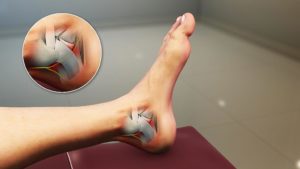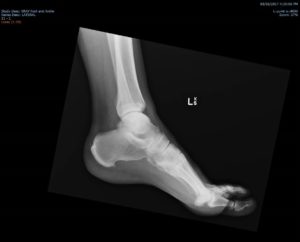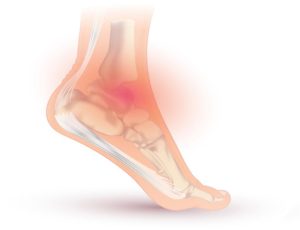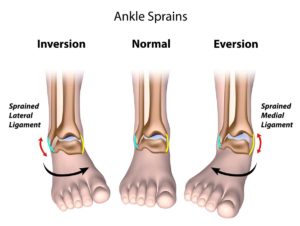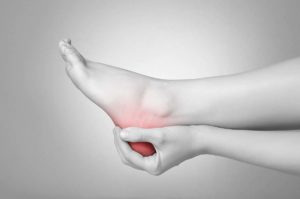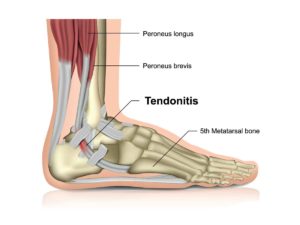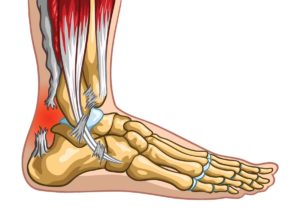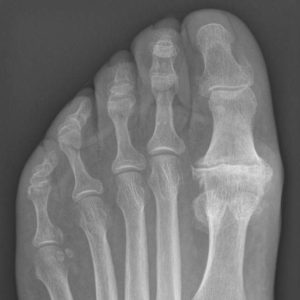
Ankle Osteochondral Defect
Typical Symptoms
An osteochondral defect (OCD) of the ankle joint can lead to localised pain, swelling and stiffness in the ankle with difficulty weight bearing and mobilising. If the fragment has come loose, it can also cause locking or instability symptoms.
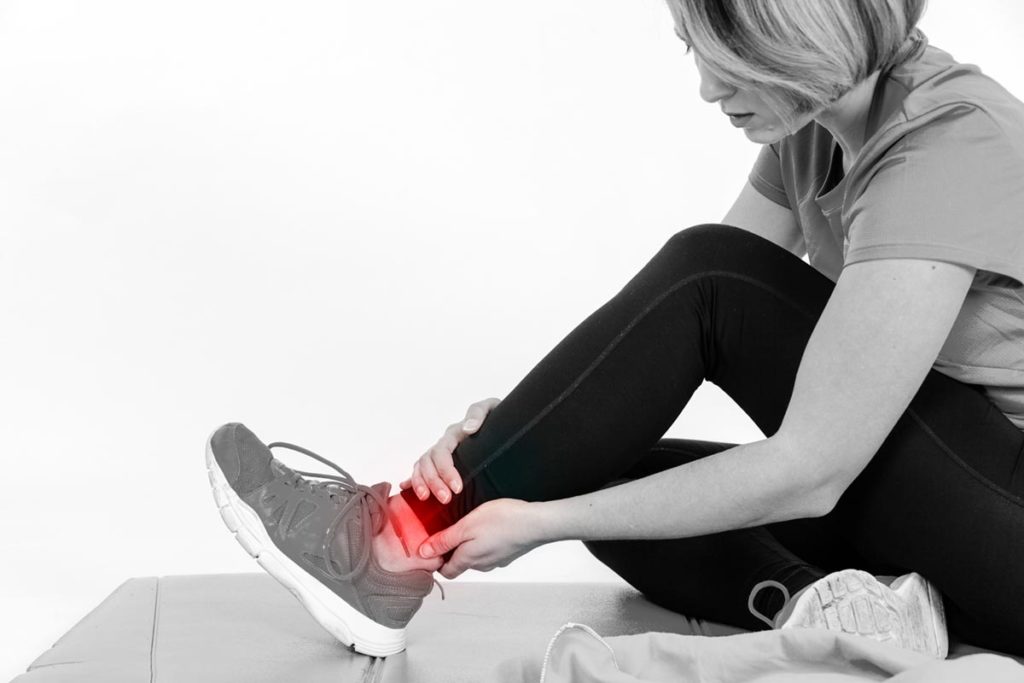
What causes it?
OCDs usually develop after an inversion or high impact injury to the ankle, leading to a portion of the cartilage to be injured. For some, the fragment may remain stable and in place, whereas for others it can move out of place and cause further irritation of the ankle joint.
How can I help myself?
It is helpful to reflect on when the symptoms first started to therefore understand the mechanism of injury.
If there is considerable swelling and pain, offloading with crutches and immobilising the ankle can help with symptoms. Following PRICE guidelines can also help, as can analgesia such as anti-inflammatories.
When to seek help?
If your symptoms are quite significant and your mobility or function is impaired, it would be good to have your ankle assessed as soon as possible.
What are the treatment options?
Once your clinician assesses you with a thorough history and examination, they may undertake an X-ray to look for bony injuries.
Sometimes on initial investigation, OCDs may not be immediately visible and further investigation with MRI or CT scans may be needed. If a OCD is identified, but the fragment remains stable, a conservative approach may be sufficient, but if symptoms are ongoing despite, a surgical intervention might be warranted.



